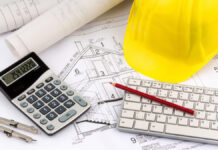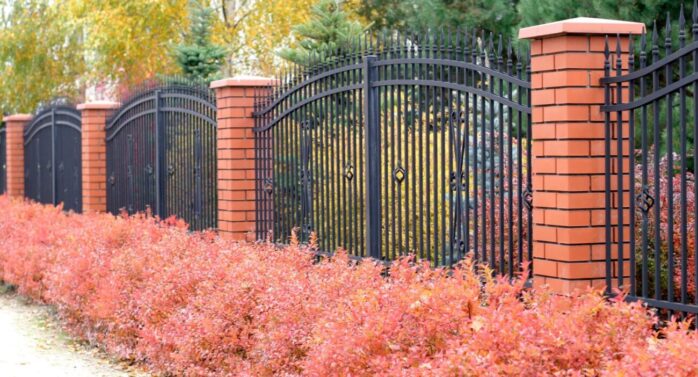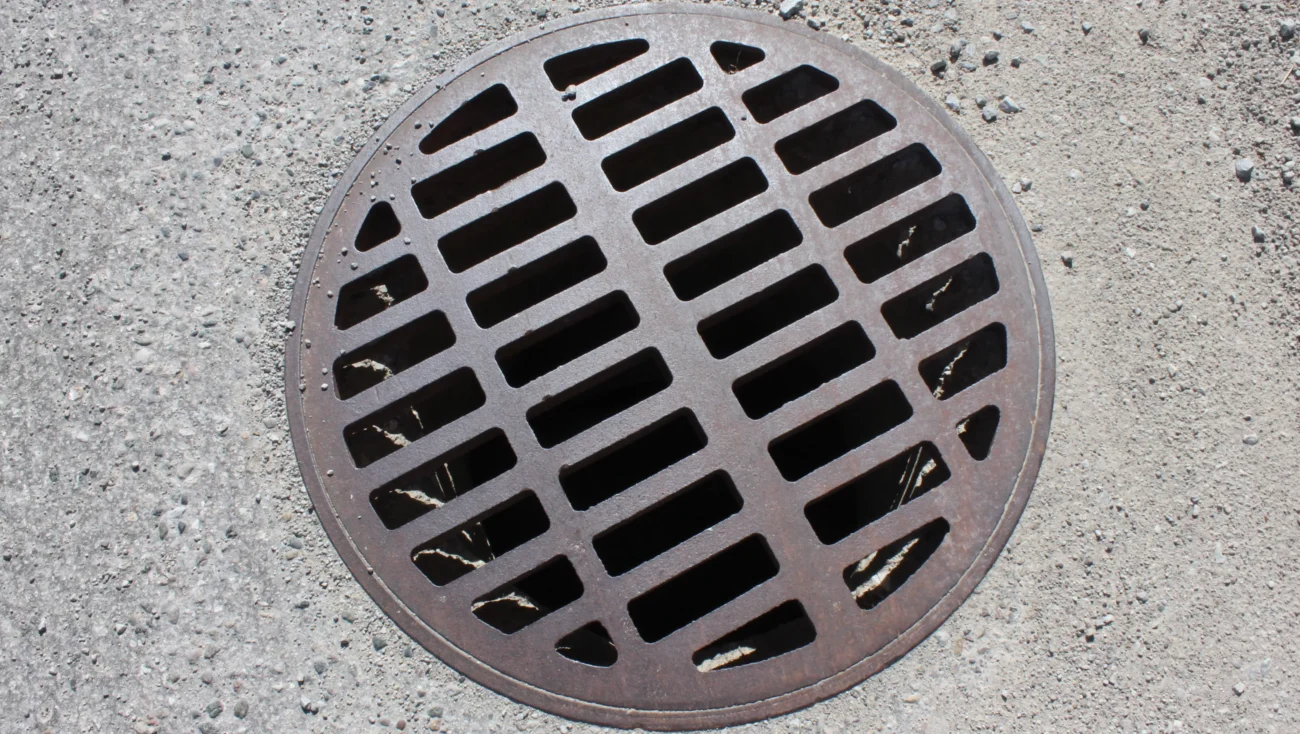
Storm drains are an important part of urban infrastructure, designed to help manage stormwater runoff and prevent flooding. They provide a way for excess rain or snowmelt to be collected and safely diverted away from buildings, roads, and other structures.
Storm drains are typically installed in areas that receive heavy precipitation or where there is a risk of flooding due to high water levels in nearby bodies of water. Installing a storm drain can be an effective way to reduce the risk of damage caused by flooding. If you’re considering having one installed on your property, it’s important to understand when they are required as well as what type might best suit your needs.
If you’re thinking about installing a storm drain, the first thing that you should do is reach out to professional plumbers in your area. Professional plumbers have the skills and tools needed to install a storm drain properly.
Continue reading to learn when you need to install a storm drain.
When are storm drains required?
In short, storm drains are generally required in areas with heavy precipitation and areas that are prone to flooding (due to nearby bodies of water).
Areas with heavy precipitation
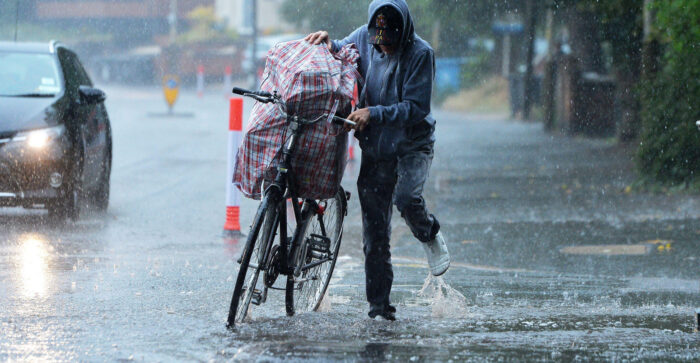
Homeowners in areas with a lot of rain or snow need to have storm drains. Storm drains help keep water away from buildings, roads, and other structures so they don’t get flooded. This keeps people and their things safe from flooding.
Areas that are at risk of flooding due to high water levels in nearby bodies of water
Homeowners living in areas prone to flooding need storm drains to help protect their property from the potential damage caused by rising water levels. Storm drains provide an effective way of collecting and diverting excess rain or snowmelt away from buildings, roads, and other structures, thus reducing the risk of flooding.
Installing a storm drain can also help reduce the amount of runoff that is discharged into local waterways, helping to improve water quality. So if you’re located in an area where there is a significant risk of flooding due to high water levels in nearby bodies of water, then installing a storm drain may be your best option for protecting your home and belongings from flood damage.
10 benefits of installing a storm drain
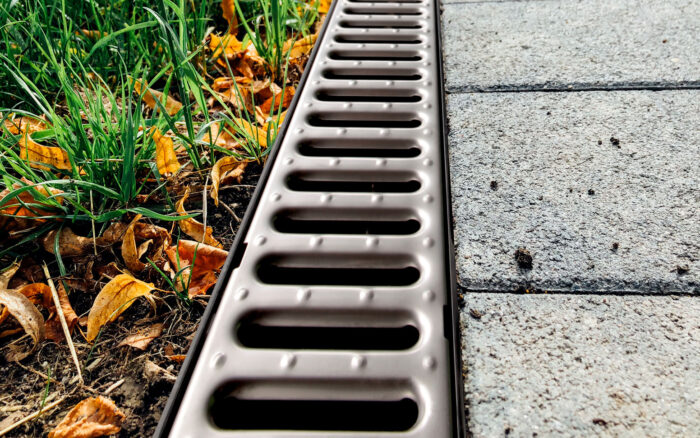
Are you curious about the benefits of installing a storm drain? Here are ten reasons why you should consider installing one for your property:
- Reduces the risk of flooding and damage to buildings, roads, and other structures
- Helps keep people and their things safe from flooding
- Collects and diverts excess rain or snowmelt away from buildings, roads, and other structures
- Reduces the amount of runoff discharged into local waterways which improves water quality
- Prevents water logging in low-lying areas around your property
- Improves soil drainage by removing standing water
- Keeps landscaped areas free from pooling water that can attract mosquitos
- Protects your property value by decreasing the risk of flooding on your land
- May reduce insurance premiums for properties located in flood-prone areas
- Can help prevent erosion due to sustained periods of rainfall
Different types of storm drains available
There are several different types of storm drains that are suitable for various locations and applications. The type of drain you choose will depend on the climate, geography, and size of the area being drained.
- Grate Inlets
- Curb Inlets
- Channel Drains
- Trench Drains
- Area Drains/Dry Wells
- Catch Basins
- Downspouts or Leader Lines
- French Drains
Tips for selecting the right type for your property
When you need to install a storm drain, it is important to pick the right type for your property. You can choose from grate inlets, curb inlets, channel drains, trench drains, area drains/dry wells, catch basins, downspouts or leader lines and French Drains. To pick the best one for your property look at the climate and location of your home as well as how much area needs draining.
Should you install a storm drain by yourself or call a plumber?
It is not recommended to install a storm drain by yourself. Storm drains are complex plumbing systems, and require specialized equipment and skills in order to be installed correctly. It is best to call a licensed plumber to install your storm drain so that it is done safely and up to code. This will help ensure that your property remains safe from flooding in the future.
Tips for maintaining your storm drain
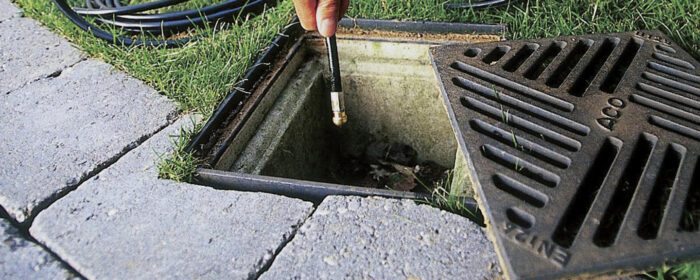
Want to keep your storm drain in good shape for the foreseeable future? It’s easier than you’d think! Here are a few handy tips you can use to maintain your storm drain:
- Clean the storm drain regularly to prevent blockages from debris and sediment build-up.
- Check for any damage or corrosion in the drain pipes, and repair it as soon as possible to avoid further complications.
- Ensure that nearby tree roots are not interfering with the functioning of your storm drain system by wrapping them with a material such as burlap or landscape cloth.
- Make sure there is no standing water around your storm drains, which can lead to mosquitoes breeding in them
- Regularly check for any clogs or obstructions in the drains using a CCTV camera inspection
- Inspect all parts of the drainage system regularly, including gutters and downspouts
- Remove leaves and other debris from rainwater collection systems before they enter your home’s plumbing system
8 . Use only environmentally friendly products when cleaning near or around storm drains
9 . Monitor levels of runoff during periods of heavy rainfall and adjust accordingly if necessary
10 . Have a professional inspect your storm drainage system annually to ensure its optimum functionality
When are storm drains required? — Conclusion
Storm drains are an important part of any property’s drainage system. They have many benefits such as reducing the amount of runoff discharged into local waterways, preventing water logging in low-lying areas and improving soil drainage by removing standing water.
Regular professional maintenance should also be done to keep it functioning properly, including cleaning out debris, checking for corrosion and clogs and monitoring levels of runoff during periods of heavy rainfall. With all these tips in mind, you can ensure that your storm drain will serve you well year after year!



